Could you encapsulate Canberra’s history in just 100 objects?
Create a free account to read this article
$0/
(min cost $0)
or signup to continue reading
Well, that’s exactly what Rohan Goyne of Evatt, a self-described recreational historian and fifth-generation Canberran, is attempting to do.
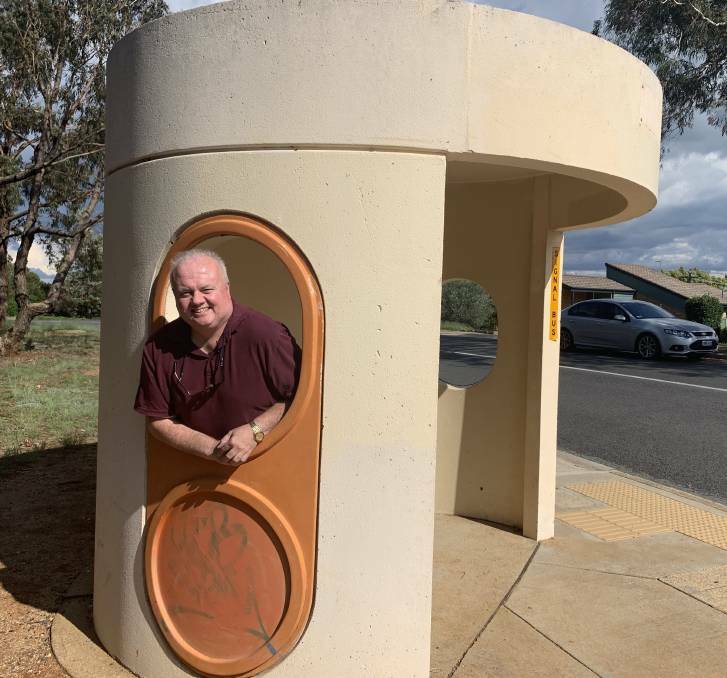
Rohan is throwing the spotlight on 100 unique objects by chronicling the pedigree of each on his website, www.capitalhistoryhere.com, adding a new one “each week or two” until he reaches 100.
“It’s all about showing the deep history of the city in all its facets,” he explains.
“As a city we get more than an unfortunate negative message, for example our current Prime Minister calls us the ”Canberra bubble” and all this sort of stuff, but the fact remains this is the capital of the country, it’s an international city and we deserve to be recognised as such.
“Many significant events occurred in Canberra like John Curtin conducting the War Cabinet from here during our country’s darkest hours, and Ben Chifley passing away at the Kurrajong … I’m attempting bring all our history together in a tangible way,” says Rohan, who hopes his project “leads to a fair and proper assessment of Canberra”.
So just what exactly does Rohan classify as an object? “Well, just about anything, but it can’t be an entire building,” he says.
While Rohan has his own ideas of what will make the final list, he is also seeking input from national institutions and the broader community. “I’m adding each object to the website at my pace and I’m open to suggestions,” says Rohan, saying “the real challenge is what to exclude!”
Like your akubra-clad columnist, Rohan “is surprised there wasn’t a similar project during Canberra’s Centenary in 2013”.
Whether he makes it to 100 or not, according to Rohan, “the objects will lend themselves to a range of activities to celebrate our rich past – from teaching resources to themed walks”.
So what objects has he already named in his top 100?
“I can exclusively reveal the first four”, says Rohan, adding, “the objects aren’t in any order of importance, well, not yet anyway”.
The Canberra Red Brick
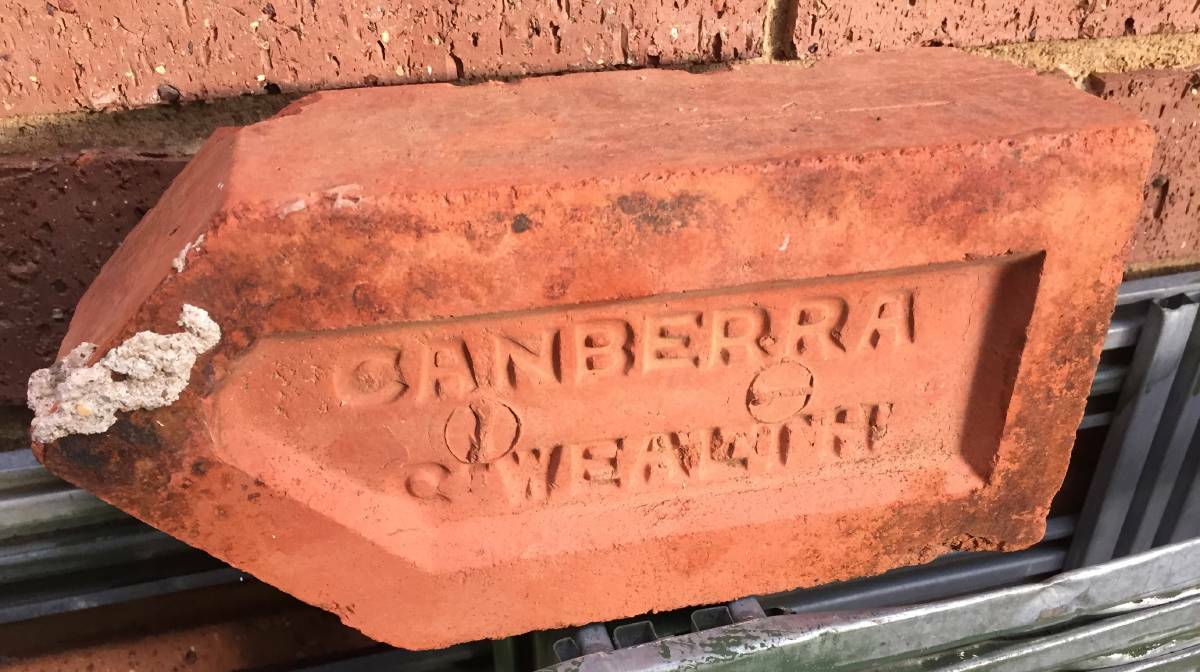
“I thought these sturdy red bricks the city of Canberra is really built from was a good place to start”, says Rohan.
“Many residents have a piece of Canberra history in their garden without too much effort or expense,” says Rohan, who features a photograph of his own ”Canberra red”, acquired from the Green Shed, on his website.
Rohan believes the demand for the bricks can help us understand the ups and downs of Canberra’s development. “At the start of the 1920s the millions of unused bricks piled up at the Yarralumla Brickworks were taken as a dismal sign that the ambitions for the national capital may not be realised,” he says. “But by 1927, there was significant building activity and consequently unusual demand for bricks with (Old) Parliament house using five million bricks alone”.
Did You Know? ”Canberra Reds”, so-called due to the distinctive colour of the clay used, were produced at the Yarralumla Brickworks, the first industrial manufacturing facility in the ACT, from 1913 until 1976.
The Cummings concrete bus shelter
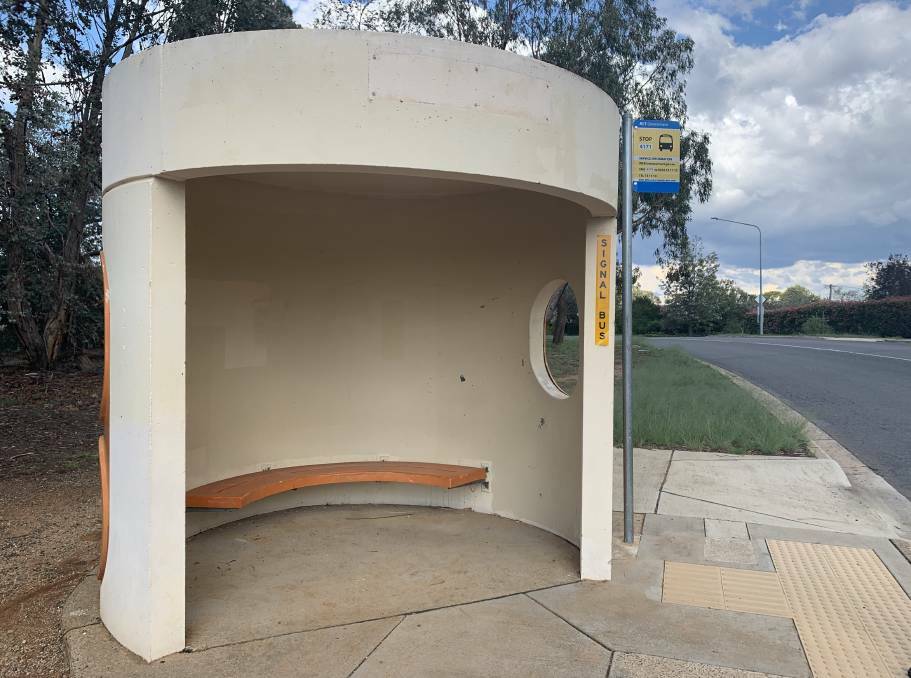
Like them or loathe them, the iconic status of these practical bus shelters is well-known and was recently celebrated by Trevor Dickinson’s Beautiful Bus Shelters of Canberra exhibition at the Canberra Museum and Gallery.
Rohan especially likes the fact that “the shelters, designed in 1974 by architect Clem Cummings, are virtually indestructible”.
“When the Series 1 Cummings bus shelters were installed in the mid-1970s at a cost of around $2300, there was a lot of controversy”, says Rohan. “But when you think about it, that amount spread over 45 years is actually quite cheap – a cost of only about 14 cents per day.
“We can appreciate the Cummings’ bus shelter as a design classic – a successful, continuing realisation of ‘new brutalism’, the architectural style that favoured functionality above all.
“They might also be thought of as suburban memorials to the heady years of the 1970s Whitlam government when Canberra was central to the plans of a relentlessly reforming government.”
Did You Know? Your akubra-clad columnist recently stumbled on a Cummings bus shelter doing a good impression of a waiting room at the Burradoo Train Station near Bowral. Are there others lurking interstate?
The John Curtin Statue
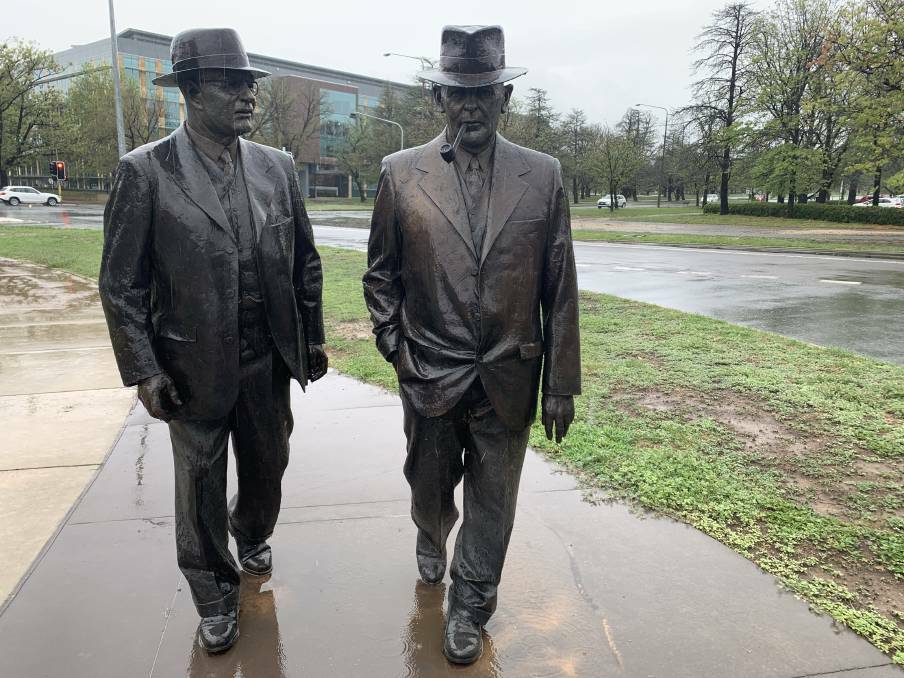
“Upon becoming prime minister in 1941, John Curtin stressed that government would operate from Canberra, halting the drift to Melbourne that had been occurring,” says Rohan.
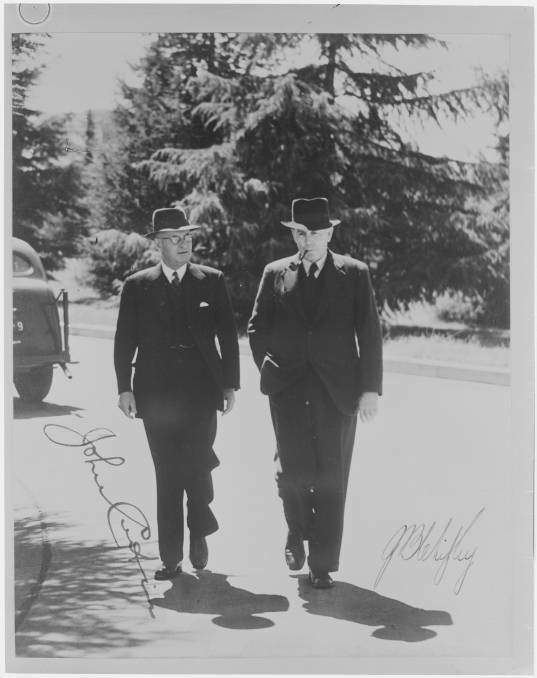
“The Peter Corlett-designed bronze sculpture of Curtin on Queen Victoria Terrace also represents the momentous years of World War II and how events that happened in Canberra have been important not only nationally but internationally as well.”
Keen observers will know that the sculpture of Curtin is alongside that of Ben Chifley.
“I haven’t forgotten Chifley – he will feature as a separate object”, explains Rohan.
Did You Know? The sculpture of Curtin and Chifley is based on a 1945 photo of the two walking from their regular accommodation at the Kurrajong Hotel to (old) Parliament House.
The Monaro Mall Sign
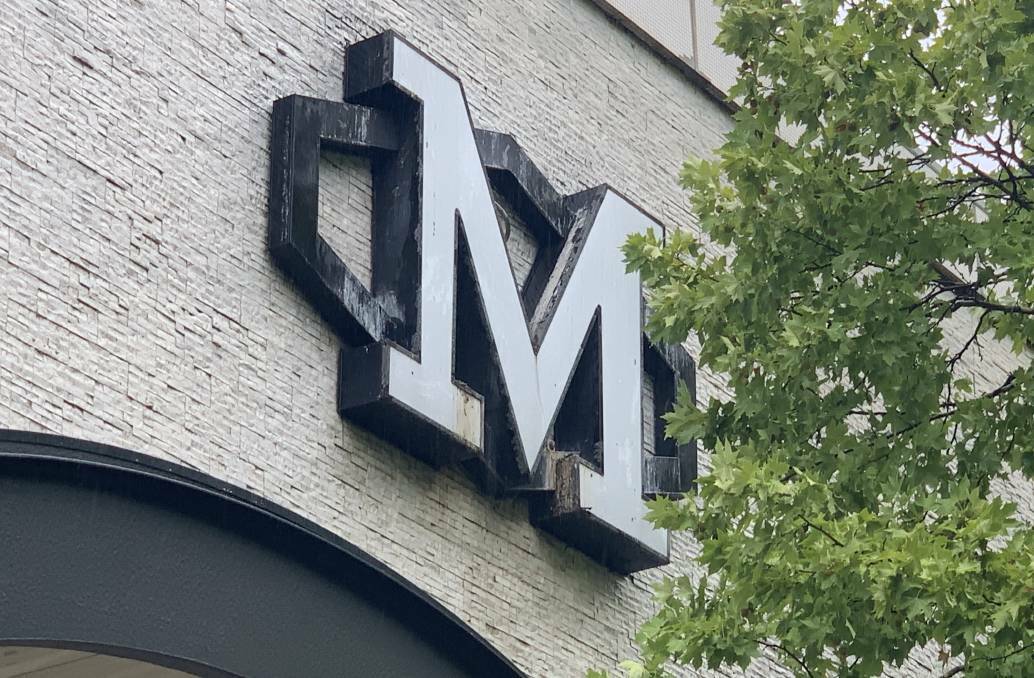
“When the Monaro Mall in Civic was opened by prime minister Robert Menzies in 1963, it was viewed as a clear sign that Canberra was growing up as a city, that the event was broadcast nationally on ABC TV,” explains Rohan. “It was the first multi-storey, fully-enclosed, air-conditioned shopping centre in the Southern Hemisphere.”
Did You Know? These days the footprint of the original mall is dwarfed by the retail behemoth that is the Canberra Centre, but if you look closely high on the wall at the Petri Plaza entrance, you can still see the original sign of the Monaro Mall.
Loo with a view
On a recent walk in the NSW high country I was bemused by a construction site on a ridge near Seamans Hut. I stopped and asked Garry McDougal who was undertaking some much-needed maintenance of the hut, about its purpose. He revealed it was a much-needed toilet.

According to a NSW National Parks and Wildlife Service spokesman, “the need for a toilet at Seamans Hut has long been identified”.
“One only has to go there after the winter to see what people have left behind, thinking a layer of snow will cover it all.” Talk about brown snow.
I recall when the bank of eight toilets, Australia’s highest, were installed at Rawson Pass (further along the Kosciuszko summit track) in 2007, they were nicknamed the ”million dollar toilets” due to their hefty price tag.
Well, on a per seat basis, this single pump-out loo blows that cost right out of the water. “At a cost of around $400 000, the toilet will provide welcome relief for visitors in both summer and winter,” reports my NPWS insider, who was also quick to remind me that as with all Kosciuszko huts, to preserve its integrity, Seamans Hut remains an emergency shelter only.
“By all means, camp alongside the hut and take advantage of the warmth of the pot-bellied stove, but look after the hut for future generations as well as for the lives it saves each year as people use it to shelter from fierce Kosciuszko blizzards,” he reports.
Funding for the loo with a view was made possible through the NSW government as part of the Snowies Iconic Walk project – a $17 million project to create new walking experiences around Mt Kosciuszko and the alpine villages.
Did You Know? Seamans Hut, perched in a highly visible location from the Main Range, is Australia’s highest hut, and was built following the death of two skiers, W. Laurie Seaman and Evan Hayes, in 1928. Seaman’s family built the hut to provide shelter for future users of the park, in order to prevent a similar tragedy.




